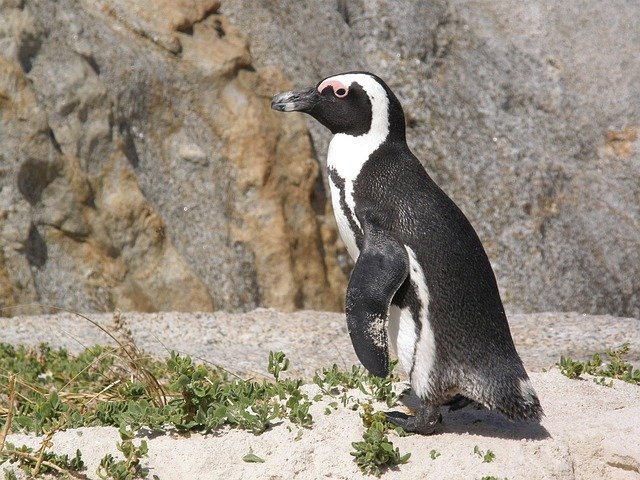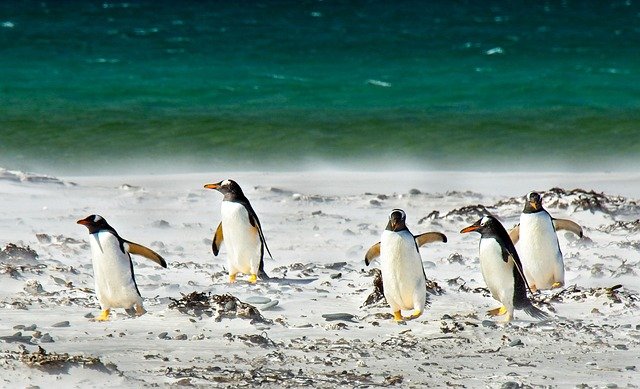**Title: "The Social Lives of Penguins: Understanding Their Unique Communication and Social Structures"** **

The Social Lives of Penguins: Understanding Their Unique Communication and Social Structures
Penguins are fascinating creatures that have captured the hearts of many due to their charming appearance and unique behaviors. While they are often depicted as solitary birds, penguins actually have complex social structures and communication methods that play a crucial role in their survival and reproduction. In this post, we will explore the social lives of these remarkable birds and the ways they interact with one another.
Social Structures
Colonies and Social Groups
Penguins are highly social animals that typically live in large colonies. These colonies can range from a few dozen to several thousand individuals, depending on the species and environmental conditions. Within these colonies, penguins form social groups that help them navigate the challenges of their harsh environments.
Hierarchical Systems
Many penguin species exhibit hierarchical social structures, where individuals establish ranks within the group. This hierarchy can influence access to resources such as food and nesting sites, as well as mating opportunities. Dominant individuals often receive preferential treatment, while subordinates may need to work harder to gain access to these resources.
Communication
Vocalizations
One of the most striking aspects of penguin social behavior is their vocal communication. Penguins use a variety of vocalizations to convey different messages, including calls for mating, warnings about predators, and signals to locate mates or chicks. For instance, Emperor Penguins are known for their distinctive mating calls, which allow pairs to recognize each other in crowded colonies.
Body Language
In addition to vocalizations, penguins also rely on body language to communicate. They engage in various behaviors such as bowing, head shaking, and flipper waving to express emotions and intentions. These non-verbal cues are essential for maintaining social bonds and coordinating group activities.
Parenting and Social Bonds
Cooperative Breeding
Many penguin species exhibit cooperative breeding behaviors, where individuals other than the biological parents assist in raising the chicks. This social structure enhances the survival rates of the young, as more adults are available to protect and feed them.
Strong Pair Bonds
Penguins are known for forming strong pair bonds, often returning to the same mate year after year. These bonds are reinforced through mutual preening, vocalizations, and synchronized swimming displays. Such strong connections are vital for successful breeding and raising of offspring.
Conclusion
The social lives of penguins are intricate and dynamic, characterized by complex communication and social structures. Understanding these behaviors not only enriches our knowledge of these remarkable birds but also highlights the importance of social interactions in the animal kingdom. As we continue to study penguins, we gain valuable insights into their lives and the ecological roles they play in their environments.
Whether you are a seasoned researcher or simply a penguin enthusiast, appreciating their social dynamics offers a deeper understanding of these beloved creatures. Let's continue to observe and protect their habitats, ensuring that future generations can enjoy the unique social lives of penguins.

Upvoted! Thank you for supporting witness @jswit.